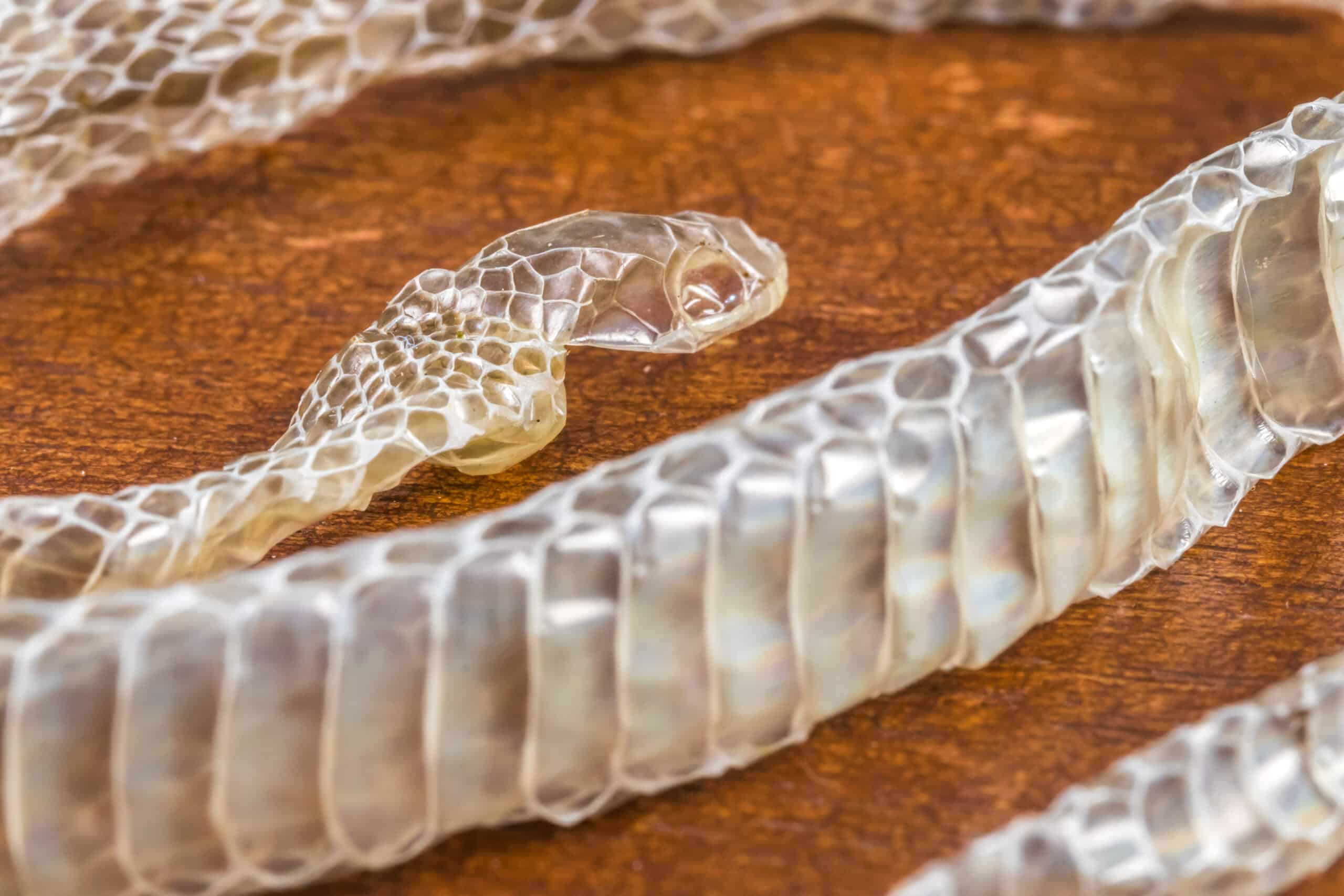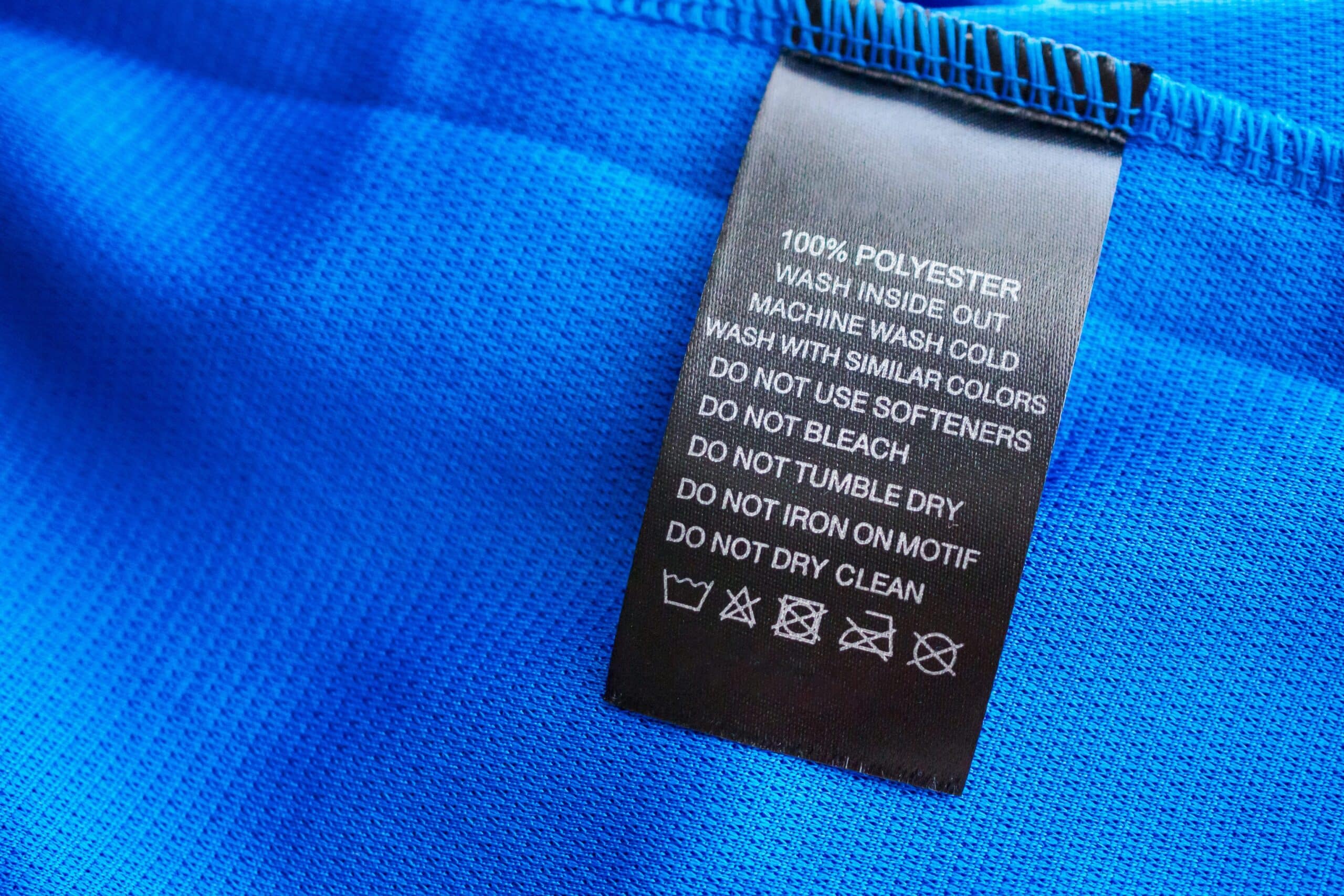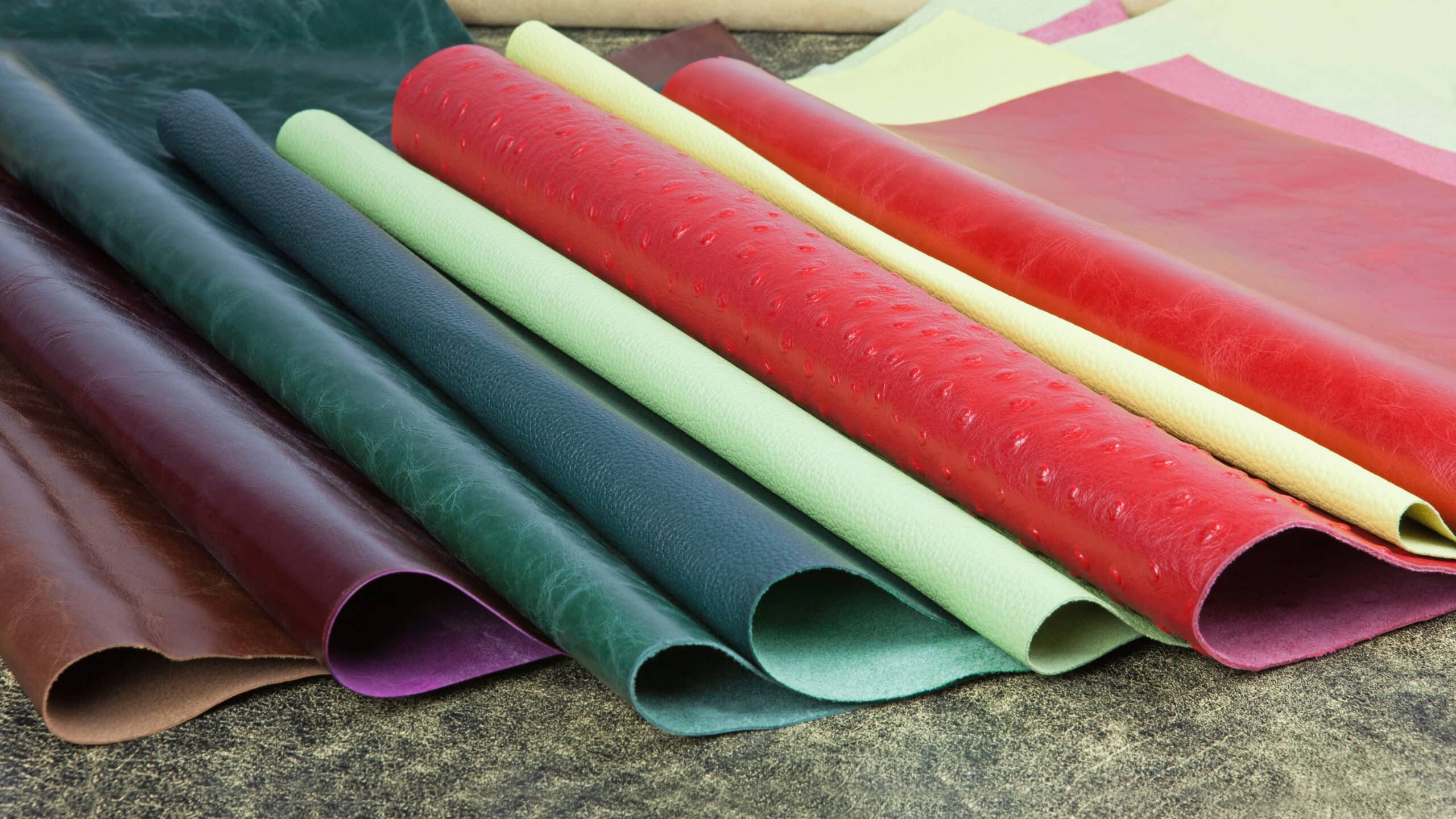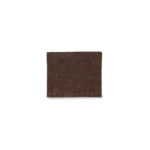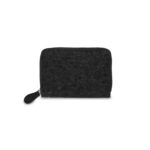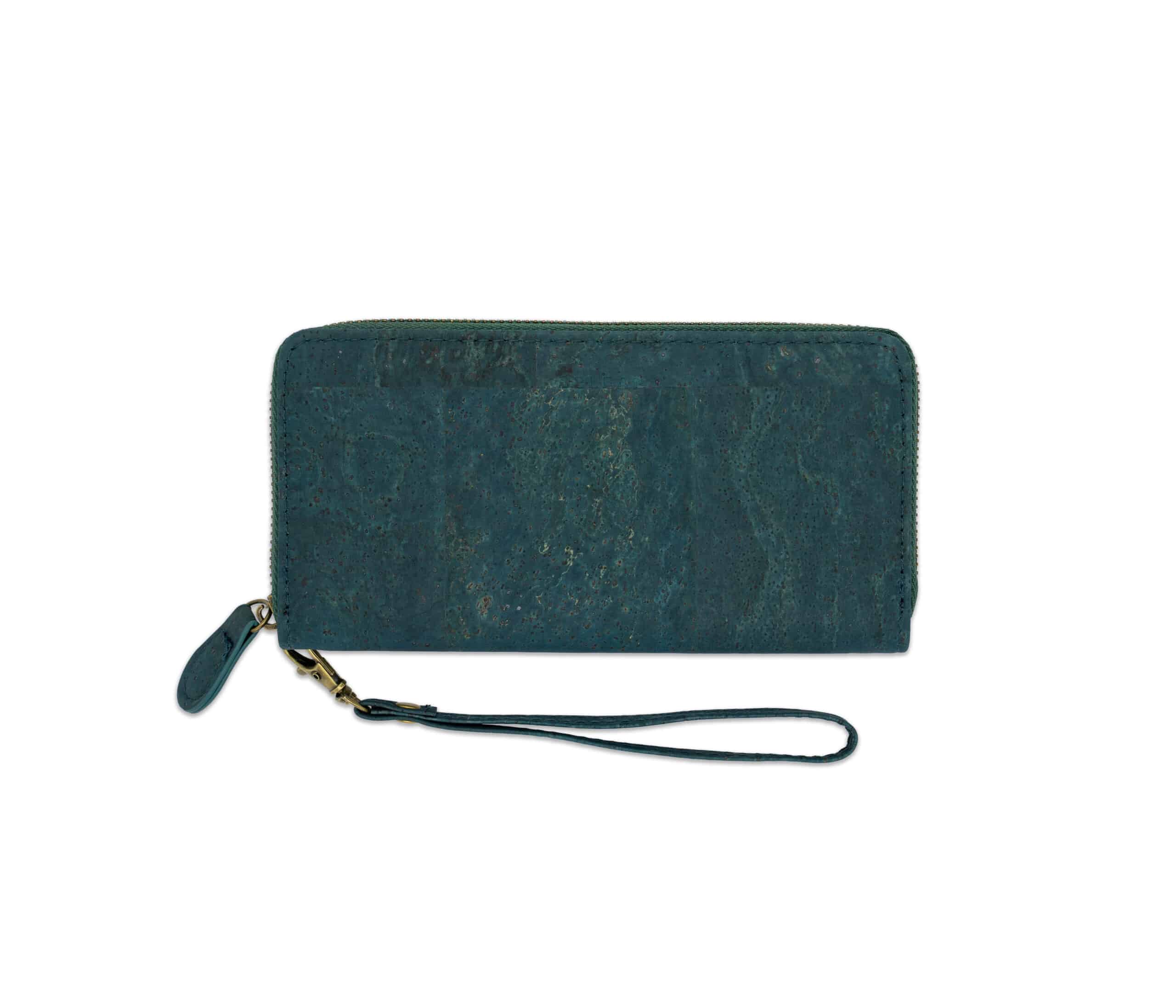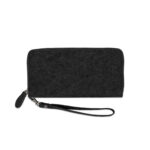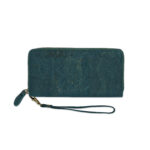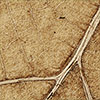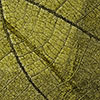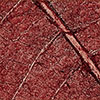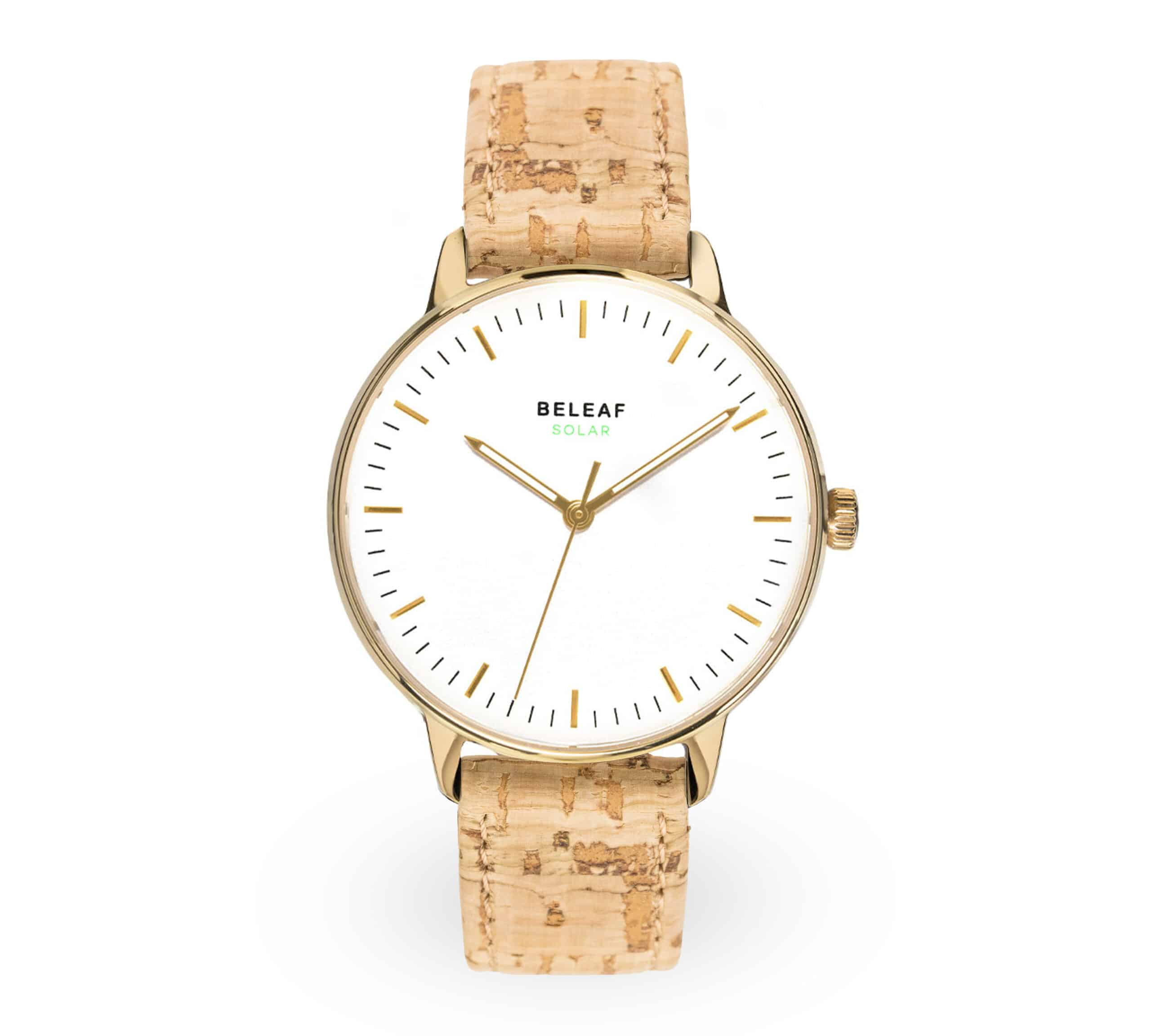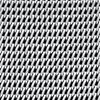The supply of sustainable alternatives to animal leather has increased significantly in recent years. As a result, consumers quickly lose track of what is available, and it is often impossible to judge whether the alternative listed is really better for the environment, animals and humans than animal leather. To keep you on the safe side, we’ve listed seven alternative materials for you here.
Leaf leather
Leaf leather is produced from teak leaves. However, this does not involve harvesting directly from the trees, but simply collecting and using the leaves that have already fallen. The large leaves are soaked in a large basin of water and natural mineral colors are added for coloration.
Cactus leather
Cactus leather is made from the Nepal cactus. It is applied to an undersurface of organic cotton to keep it stable. Compared to the production of animal leather, no toxic chemicals are used in the production process. In addition, only a very small amount of water is required. As a renewable resource, the cactus is an optimal and also vegan alternative to animal leather.
Cork
Cork comes from the cork oak. The plant can provide up to 200 kilograms of the material in its lifetime. In the production process, the cork used is obtained from the bark of the cork oak. The good thing is that it does not harm the plant. As a final product, the finished material is very durable and splash-proof.
Wine leather
Another alternative is wine leather. Obtained from the skins, seeds and stems of grapes, the material is processed completely without ingredients of synthetic origin. Moreover, since it is waste from wine production, the raw material is very cheap.
Mushroom leather
Mushroom leather is made from the root network (the mycelium) of mushrooms. It is considered biodegradable and ethically safe. In manufacturing, the material is very durable and resembles animal leather both visually and haptically.
Pineapple leather
Pineapple leather is made from the fibers of pineapple palm leaves. As a byproduct of an already existing agriculture, the leaves would otherwise end up in the garbage. The fashion produced by the pineapple leather is sustainable and has a strong sociological and environmental background.
Apple leather
Apple leather is made from the remains of the apple juice industry. The so-called pomace, which remains during production for apple juice, is dried and pulverized. It is then applied layer by layer to a canvas and then embossed to create the leather look.








